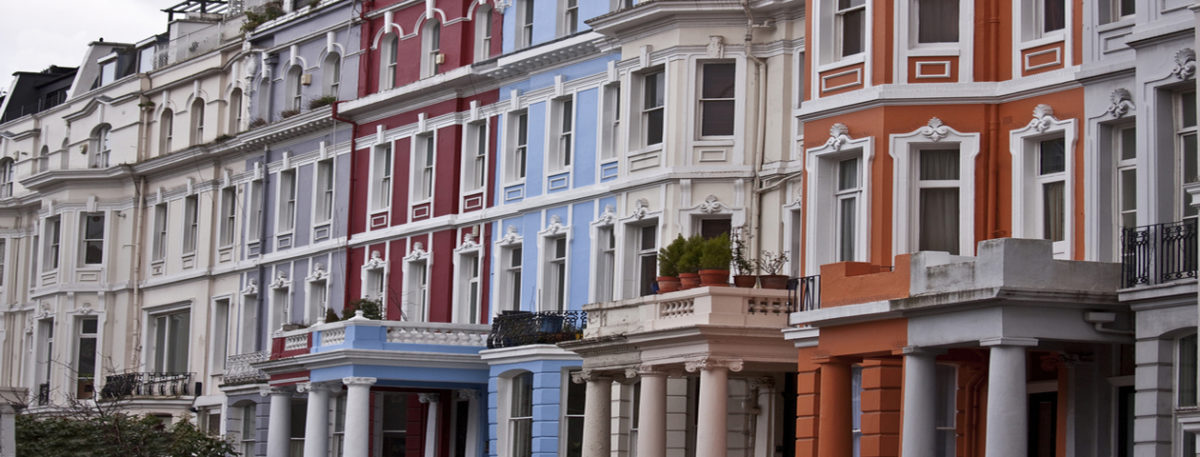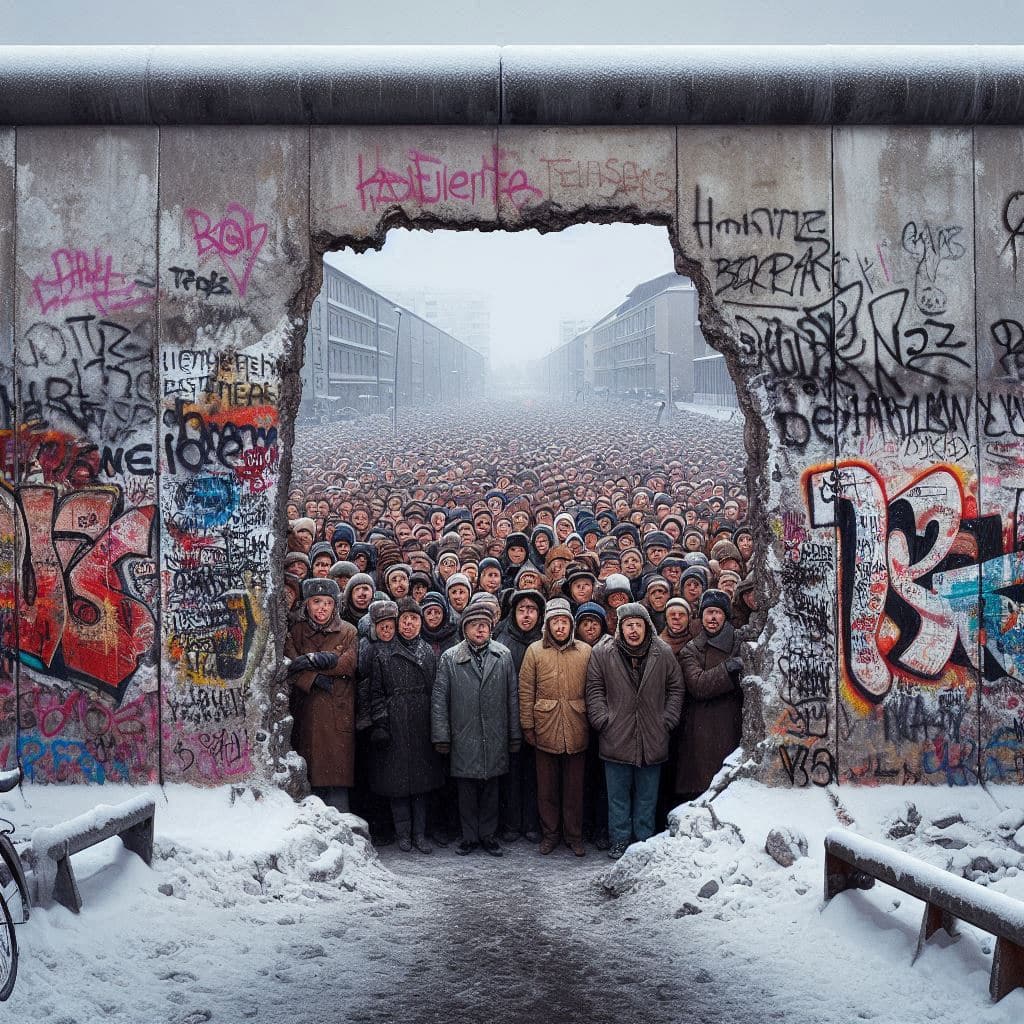Should Tube users pay more to use overcrowded stations?
SUGGESTED



The lion’s share is paid by taxpayers rather than the passengers benefiting directly from such projects. The wider economic losses associated with tax funding add to the overall burden. Despite such expenditure, congestion at busy stations continues to create major delays for Tube users. At the worst affected locations, entry may be blocked or restricted at peak times.
These problems reflect an absence of market pricing. Apart from crude zoning and peak/off-peak rates, the current system of politically determined fares does little to distinguish between heavily congested stations and lightly used ones. Looked at in another way, journey costs do not reflect the scarcity of capacity at particular locations at particular times. Tube passengers do not pay the full marginal costs they impose on other users as a result of congestion. Indeed, those with a low value of time can impose very costly delays on travellers with a high value of time, creating substantial efficiency losses.
Overcrowding also creates political pressure for further state subsidies to pay for additional capacity, with little attention paid to the role inflexible, politicised pricing plays in creating the problems in the first place. Indeed, such congestion may be used to justify major new taxpayer-funded grands projets such as the ‘£27 billion’ Crossrail 2, so the economic implications go far beyond station upgrades. Concentrated special interests, including transport bureaucrats, engineering/construction firms and some passenger groups have relatively strong incentives to lobby policymakers to fund infrastructure schemes – at the expense of dispersed taxpayers with poor incentives to resist. Overcrowding plays into the hands of such lobby groups.
The solution is for pricing to more accurately reflect the marginal costs imposed by passengers using congested stations at peak times. With electronic pricing technologies it should be relatively straightforward to charge a premium at such locations. This would incentivise some passengers to walk a little further to nearby stations with spare capacity or, alternatively, change their travel times to quieter periods. Travellers with a relatively low value of time might also choose to transfer to different transport modes such as bike or bus, reducing the costs they impose on those with a higher value of time.
A ‘station premium’ would therefore ensure more efficient use of existing capacity, with passenger traffic pushed from congested sites towards currently underused stations, as well as smoothing demand over time. This would undermine much of the rationale for forcing taxpayers to fund expensive upgrades and reduce the wider economic losses imposed by the public transport lobby on the economy as a whole. A similar approach could also be applied to overcrowding on the heavy rail network.
Dr Richard Wellings is the IEA’s Deputy Editorial Director. He is the author of Without Delay: Getting Britain’s Railways Moving.




